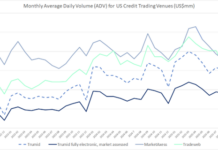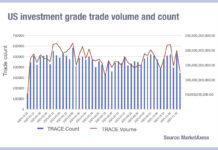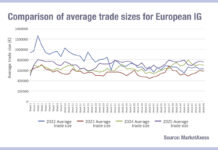Understanding best execution requires an understanding that both explicit and implicit costs can have a serious impact on investment goals, and these often reach beyond cost. This was the message for the audience at the Fixed Income Leaders’ Summit in Amsterdam.
Steffen Ullman, senior portfolio manager at H&A Global Investment Management told one panel that traders help provide best execution and a line of defence in preventing mis-trades.
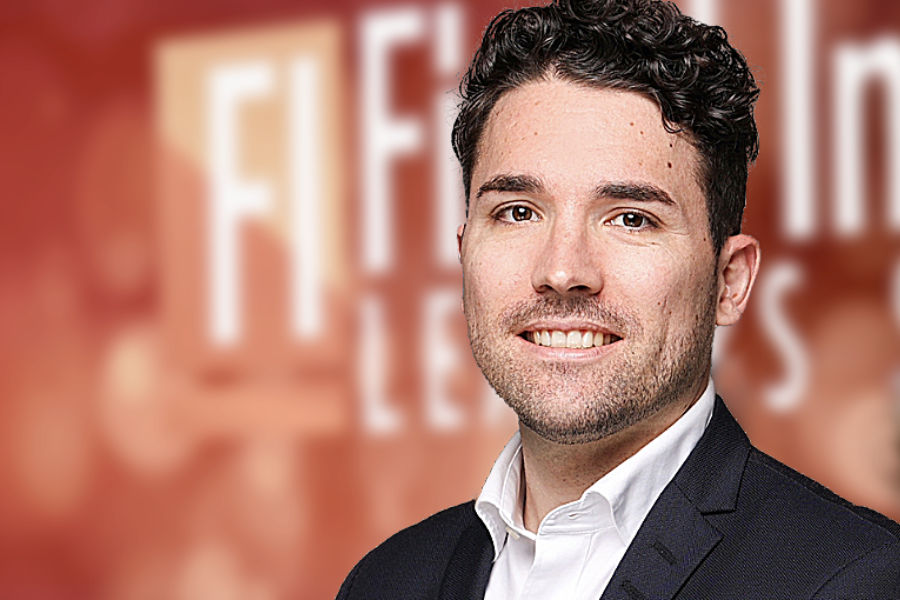
“As markets are evolving, and our client objectives are evolving and you have to be in a constant communication [with traders] about our view of markets,” he said. “In credit where there are record low spreads, even in high yields, I have to precisely define what I’m looking at and why I’m looking at it that way with trading.”
This communication with the trading desk helps define best execution approaches said Shaun Copeman, head of credit trading at Federated Hermes, but only through real comprehension of the investment goals.
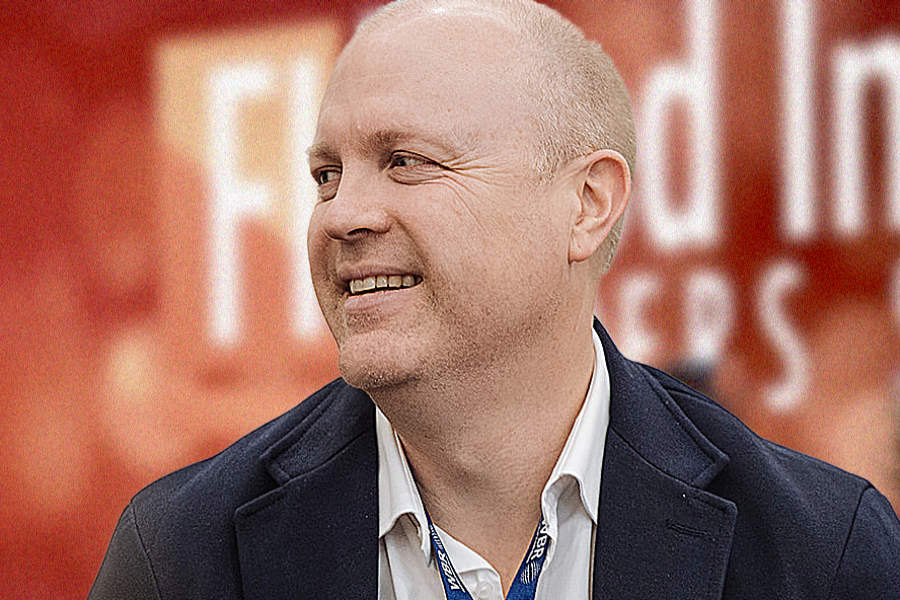
“I exist to understand the ‘why’,” he said. “If I understand the ‘why’, I can frame the contextual elements to what we’re trading – the urgency, the limit, how much we need to trade. What can we push back? If we’re a big seller of autos, but we’re a big buyer of tech, for example, which is the priority? The traders are the limbs, where PMs are the brains, and you need these elements to function together cohesively to have a dynamic team.”
Speaking on a panel about applying technology to best execution beyond ‘price’, Sam Ratcliff, head of execution technology at Man Group said that the ‘why’ directly impacted the execution path taken by traders.

“An important piece in looking outside of just ‘price’, is understanding ‘why’,” he concurred. “Understanding the ‘why’ behind the order means that you can optimize for the objective outcome. Speaking with a trader yesterday, in their firm, they said they highly valued retaining information, and minimizing information leakage. That meant using things like direct dealer connectivity or request for markets (RFMs), even if the price was potentially slightly worse than going for a request for quote (RFQ). In other situations, that’s not appropriate. Tailoring the approach to the ‘why’ of the order is key to then understanding the value of trading protocols.”
A warning on the level of electronification and automation came from Karim Awenat, head of EMEA & APAC macro trading at Invesco, who said the volume of change had moved beyond the capacity to deliver good trade results.
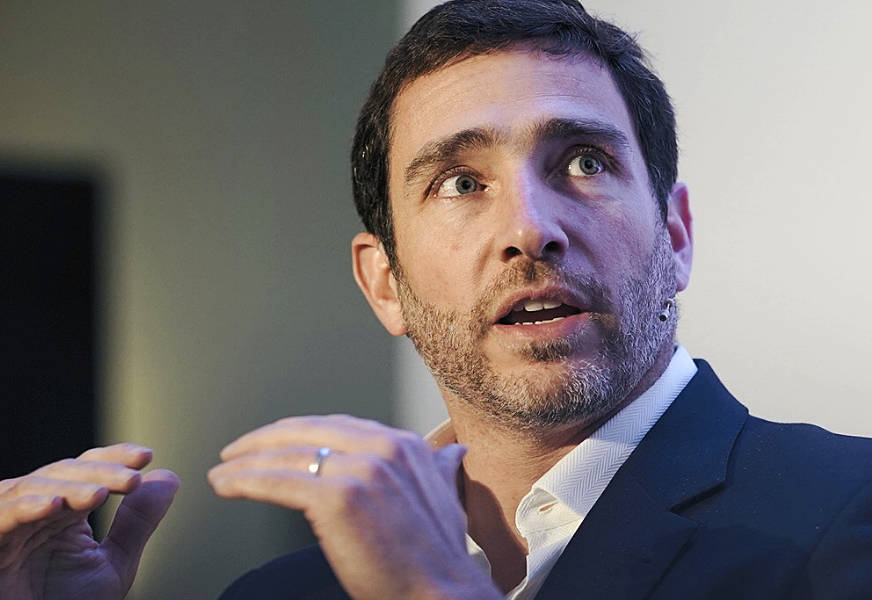
“Frankly, automation and electronification on the buy side has been used as a stick to beat traders with, to do more trade volume with less, and to hire fewer people,” he said. “That’s led to some trading desks becoming understaffed, under resourced, particularly on the junior side, and there’s no real room for growth.”
For technology to support best execution it needs to be additive to the value that traders provide and not reduce that value.
“You need to make the trading desk more efficient and not more busy,” he said. “The way to overcome that is to make sure the trading desk is not seen as an expense. You find a way for the trading desk to provide input into the portfolio management process, driving the investment process and adding alpha. If you automate you need to make sure you ring fence that time you saved.”
©Markets Media Europe 2025


